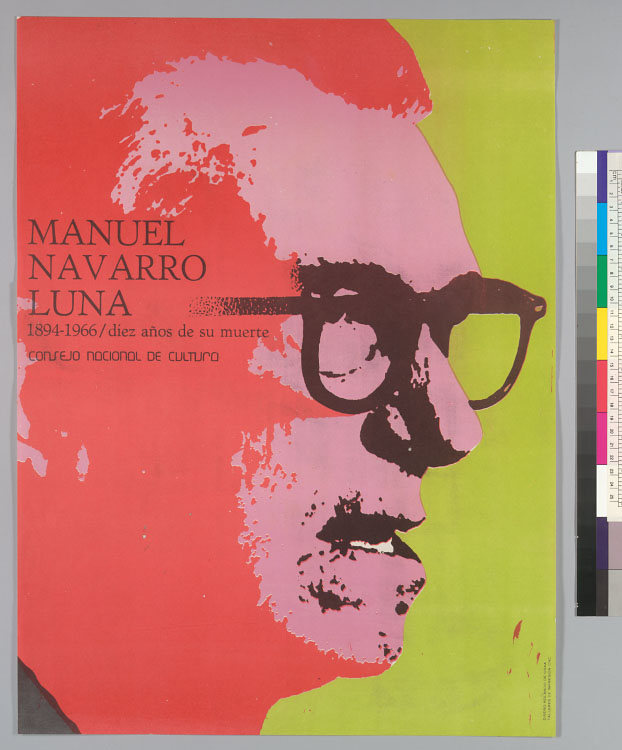4.1.1.9 The beginnings of the poetic work of Manuel Navarro Luna (1894 – 1966)

Manuel Navarro Luna moved through the transition from modernism to avant-garde and later the resulting social poetry. His first creative period, influenced by modernism, began with the verses he published in the Manzanillo magazines “Penacho” and “Orto,” and his membership in the Manzanillo literary group, which he joined upon its founding in 1921.
Studies of this period of his life usually focus on the poetry collection “Surco,” published in 1928, considered the most representative of the avant-garde discoveries in Cuban poetry. But by then, he had already embarked on nearly a decade of poetic and editorial endeavors, beginning with the publication of “Ritmos dolientes” (Dolient Rhythms) in 1919 and “Corazón adentro” (Inside Heart) in 1922. He also published “Siluetas Aldeanas” (Alley Silhouettes) in 1925 and “Refugio” (Shelter) in 1927, all in Manzanillo, where he spent most of his life.
The collection of poems “Surcos” undoubtedly constitutes one of the most important moments in the bard’s poetry, marking a break with the modernist movement; although in reality, the poet did not fully grasp the essence of avant-garde art.
He had the renewing impulse of avant-garde, also focused on politics, and he also experimented in the area of the formal construction of the poem – the latter being the most external aspect of the aforementioned movement – however, in the semantic aspect, his expressive motives continued to be anchored to modernism, and the author’s ethical and philosophical concerns hardly had a place in a movement that was more experiential than meditative.
Within the entire book, the poem with the clearest avant-garde sign is “Terminal Station”:
“Cemetery
Terminal station
In it
we take
the passage
first class
or last class
the niches are the PULLMAN
They have splendid halls
comfortable apartments
low bunks
and high bunks
In them they go
the rich
those who can
the privileged
The other passengers
They always travel in third-class cars
or in the loading one
what is the pit
common”
Both the poem’s topic and the casualness with which it is approached, as well as the typographical arrangement of the text, the use of lowercase letters and the elimination of punctuation marks, are elements that fully agree with the characteristics of avant-garde and that place this poem at the heart of the cultivation of this movement on the Island.
However, a social questioning is already latent, regarding the division of society into classes, which also coincides with his incorporation into the Communist Party and the political and aesthetic activism he would later undertake. In this sense, “Estación Terminal” perhaps also constitutes the climax of Navarro Luna’s avant-garde creative work and his definitive foray into the field of social poetry.








